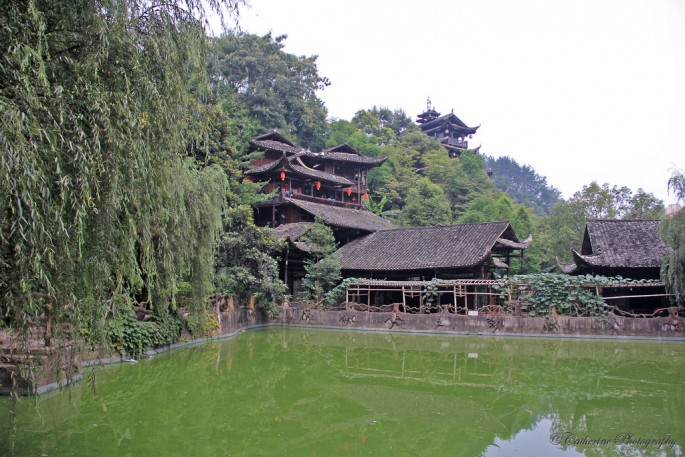China is stepping up its effort in promoting Tusi heritage sites, which celebrate the rich culture of the ancient chieftain system that ruled over China’s southwestern ethnic minorities for eight centuries.
Tusi is an appointed tribal leader by the ancient China's central government. The ruling system first flourished during the Five Dynasties period (907-960).
Reports have recently surfaced about the decision of the country's delegates to the 39th World Heritage Conference to add Tusi sites to UNESCO's World Heritage List.
Tusi ruins are scattered in the southwest Chinese provinces of Yunnan and Guizhou and in the northeastern area of the Qinghai-Tibetan Plateau, according to Fu Jing, an expert affiliated with the China Architecture Design and Research Group.
In total, China has 101 Tusi heritage sites, which include three that are listed on the application for UNESCO.
"The three sites are in areas where different ethnic groups and cultures coexisted. They show the diversified culture and history of ancient China," Fu remarked.
The ruins of the 1257-built Hailongtun castle are located atop a mountain in the Guizhou Province. The fortress was burned down in a 1600 battle. On the site lie over 2,000 relics first discovered in 2012.
In Xianfeng County in Hubei Province, the Tangya Tusi city ruled by a chieftain for 460 years can be found. The city, bigger than Beijing's Forbidden city, features statues, a memorial archway and a cemetery.
The Hunan Province's Yongshun old Tusi city lauds its history that is as far back as over 600 years ago. Regarded as the oldest, largest and best-preserved Tusi heritage in the country, the site has an ancestral house, a temple, and a still-working complex sewer ditch network.
On this site, around 927 pieces of pottery, 260 pieces of ironware, and 3,686 pieces of porcelain were discovered.
Meanwhile, the country's first Tusi museum was also completed in this old city. This will be open to the public in July. Covering 5,450 square meters, the museum costs more than 80 million yuan, according to associate researcher Lei Jiasen.
"Less than one-third of the site was excavated and most of the relics are from the Ming Dynasty (1368-1644). There are more relics from earlier periods to be unearthed," Guo Weimin, head of the Hunan's archaeological institute, said.
Guo also shared his wish of adding the Tusi sites in UNESCO's World Heritage Sites in order to preserve the culture of the ancient chieftain system.



























